We’ve all heard about how exercise if good for you. But did you know how powerful that statement really is? Nearly every major risk factor for chronic disease can be lower with as little as 15 minutes of moderate exercise per day. As you age, the cells in your body can become damaged, your metabolism slows down, and you lose muscle strength. Daily exercise has been shown to actually slow down the typical aging process. The catch is that if you aren’t exercising consistently, you may be unknowingly accelerating the aging process and increasing your risk of chronic disease.
Even 15 minutes of exercise per day can lower your cardiovascular risk. Activities like walking, swimming, and yoga are great choices to start with. Being aware of your cholesterol, blood sugar, and blood pressure numbers are important. Keep in mind that many of those numbers can be improved without medication. Simply adding daily exercise into your life can make a tremendous impact on your overall health and well-being.
Regular exercise can reduce the risk factors associated with many chronic diseases.
Exercise benefits your mind and body by improving your mood and providing energy to get through the day.
Even 10-15 minutes of exercise per day has been shown to provide significant long-term health benefits.
If you are looking for the right activities to include in your exercise program, ask. We would be happy to provide with you an easy to implement an exercise program based on your current activity level. Starting an exercise program today can improve your life for decades to come.
